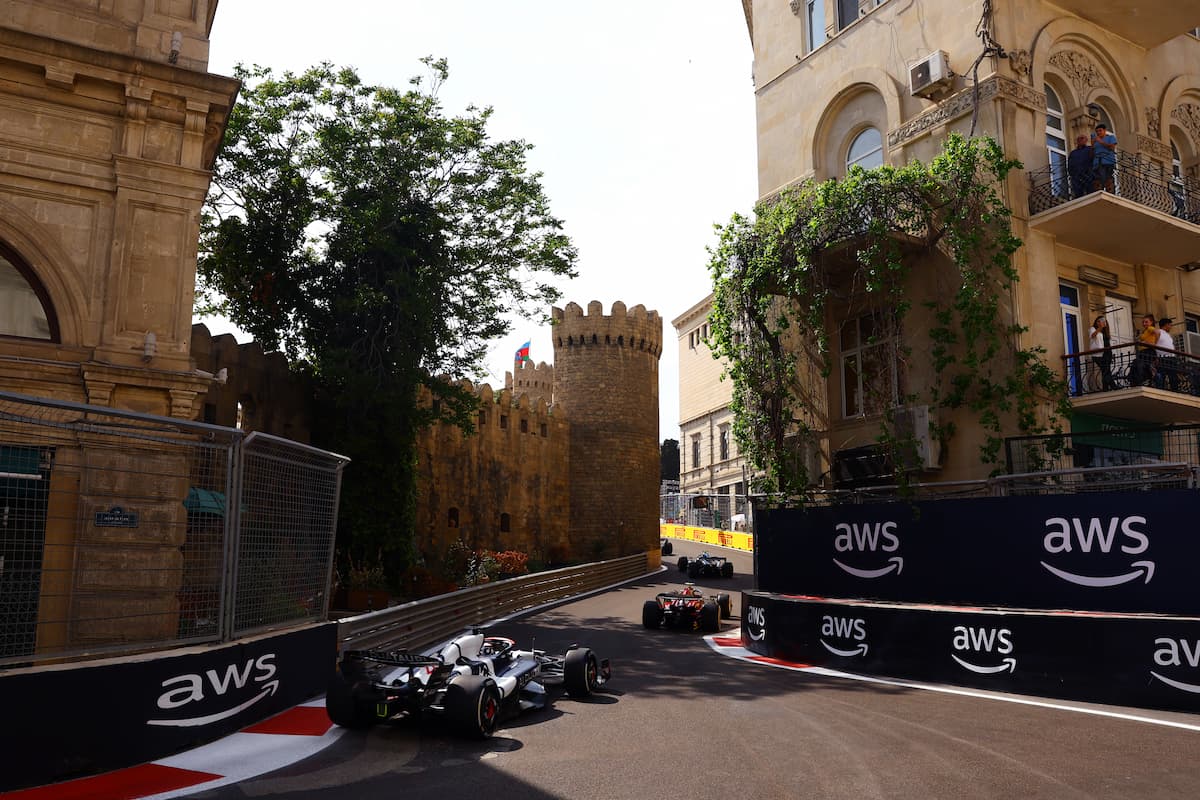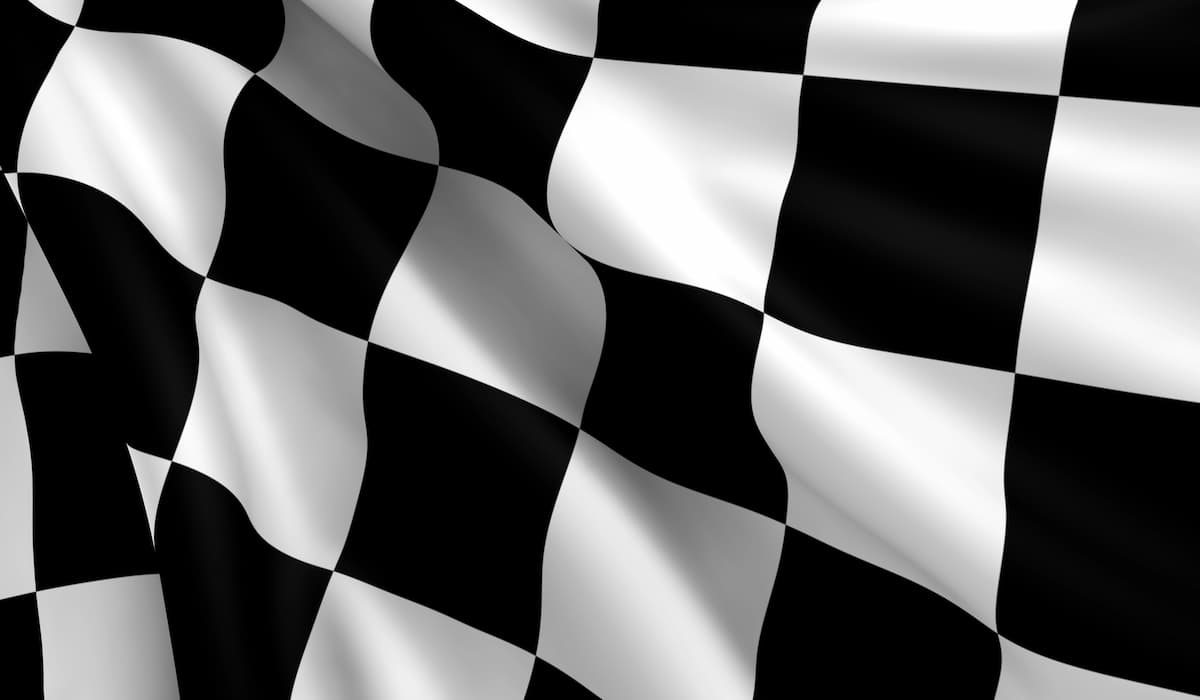
Round 17 begins the double header of Formula 1’s street circuit chapter. From the Ferrari celebrations around the ‘Temple of Speed’, we now travel southeast near the Caspian Sea. Where the next stop for Formula 1 is around the technical streets of Baku for the Azerbaijan Grand Prix.
History of the Azerbaijan Grand Prix
Formula 1’s history began back in 2016, originally known as the European Grand Prix. Designed by renowned architect Hermann Tilke, the Baku City Circuit blends high-speed straights with tight, technical corners, winding through the heart of the city past historic sites like the Maiden Tower and the Palace of the Shirvanshahs.
The Evolution of the Azerbaijan Grand Prix
The Baku City Circuit (Azerbaijani: Bakı Şəhər Halqası) is a testament to Azerbaijan’s rapid development, fueled by its oil-rich economy. As the site of GT races in the past, Baku transitioned to Formula 1 in 2016 when its streets were transformed into one of the world’s longest temporary circuits, combining high-speed straights and tight cornering.
In 2012, Baku hosted its first motorsport event, the ‘City Challenge’ GT race in front of the Government House. Even though the layout contained a mix of wide boulevards and narrow streets, it was not particularly exciting; however, it attracted 42,000 spectators, indicating the widespread interest in motorsport in the area. After moving from the scenic seafront near Crystal Hall to the picturesque seafront in 2013, the circuit gained in appeal as faster sections were added to increase its appeal.
It was in 2014 that Azerbaijan secured a Formula 1 contract, which led to the construction of a new track designed by Hermann Tilke, which integrates Baku’s landmarks and features both technical and high-speed sections. There were some initial challenges, such as loose drain covers, when the F1 circuit was unveiled in 2016. With its dramatic races and overtaking opportunities, the circuit has received praise for its distinctive layout, but safety concerns have been raised, especially at the pit lane entrance. Although these challenges exist, the Azerbaijan Grand Prix has become one of the highlights of the Formula 1 calendar thanks to its exciting and unpredictable street racing.
Track Layout
The Baku City Circuit is the second-longest circuit after Spa-Francochamps in Belgium, spanning 6.003 kilometres. Consisting of 20 turns, 12 to the left and 8 to the right, making it an anti-clockwise circuit. The drivers will have to navigate around this circuit 51 times equalling up to 306 kilometres of inner city action.
And there is no on-track action without the need for DRS. The Baku City Circuit has two DRS Zones. The first DRS zone passes Turn 2 and the final DRS zone comes after Turn 20 racing to the start/finish straight. Once again, with how long the straights are on around the Baku Circuit combined with the tights and twisty turns within Sector 2; car setup will be key.
Iconic Features
One of the standout features is the long straight along Neftchilar Avenue, where cars can reach speeds of over 360 km/h (224 mph), making it one of the fastest circuits in F1. As well as, several sharp 90-degree corners and a challenging sequence through the narrow old city section. Such as, Turn 1, 2, 3, 4 and even Turn 16.
And let’s not forget the extremely tight twisty section from Turn 8 to Turn 12. For drivers, it threading an eye of a needle. For us as viewers, it is a spectacle watching as the drivers avoid the walls to get back up to speed after Turn 12. However, get it wrong and you will end up like Charles Leclerc back in 2019:
“I am stupid… I am stupid… I switch off everything!”
Memorable Races at the Azerbaijan Grand Prix
The Azerbaijan Grand Prix has become known for its thrilling and unpredictable races and one could begin in 2017. The race delivered chaos, with Sebastian Vettel infamously colliding with Lewis Hamilton behind the safety car and Daniel Ricciardo claiming an unexpected win after starting from 10th on the grid.
The 2018 Azerbaijan Grand Prix saw a dramatic finish when Valtteri Bottas suffered a puncture just laps from victory. Allowing Lewis Hamilton to take the win. Even though there was more action that involved both Red Bull drivers on Lap 40. Heading down to Turn 1 Ricciardo saw the opportunity to take fourth place from Max Verstappen. But one decision forced them both to retire. Ricciardo hit the back of Verstappen, veering off into the escape road.
The 2021 Azerbaijan Grand Prix was another highlight, with Max Verstappen crashing out from the lead due to a tyre failure. An opportunity for Lewis Hamilton to take advantage of the race on the restart but instead locked up, allowing Sergio Pérez to secure his first-ever victory being a Red Bull driver.
Live Timings for the Azerbaijan Grand Prix
Friday (13th September)
10:00 am – Azerbaijan Grand Prix Practice One – (Session begins at 10:30 am)
1:45 pm – Azerbaijan Grand Prix Practice Two – (Session begins at 2:00 pm)
Saturday (14th September)
9:15 am – Azerbaijan Grand Prix Practice Three – (Session begins at 9:30 am)
12:15 pm – Azerbaijan Grand Prix Qualifying – (Session begins at 12:30 pm)
Sunday (15th September)
10:30 am – Azerbaijan Grand Prix – (Session begins at 12:00 pm)
If you would like to learn more news about the world of Formula 1? Then why not check out “Aston Martin Racing: When Will See The Winning Results?” or “Upcoming Formula 1 Movie: Everything You Need To Know”

